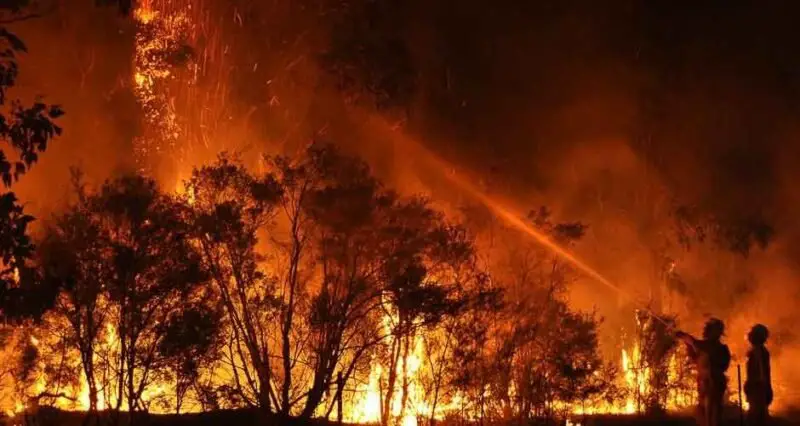
In the realm of safety and prevention, few challenges are as daunting and critical as the early detection of fires. The ability to identify a fire at its inception can mean the difference between a minor incident and a catastrophic loss of life and property. This is where the ingenuity of cutting-edge strategies in early warning systems comes into play, offering a beacon of hope and security in the face of potential disaster. Let’s explore the advanced technologies and methodologies that stand as fire’s most formidable foes.
The Vanguard of Fire Safety: Automatic Detection Systems
At the forefront of this battle are automatic fire detection systems, sophisticated networks of sensors and alarms designed to alert occupants and authorities at the first sign of fire. These systems are the cornerstone of modern fire safety strategies, integrating seamlessly into the infrastructure of buildings to provide round-the-clock surveillance against the threat of fire. Their role cannot be overstated, as they offer precious time for evacuation and response that can save lives and minimize damage.
The Evolution of Fire Detection Technology
Fire detection technology has come a long way from the simple smoke detectors of the past. Today, we see a diverse array of sensors capable of detecting not just smoke, but heat, flames, and even the chemical signatures of combustion. This multipronged approach enhances the accuracy of fire detection, reducing false alarms and ensuring that real threats are identified swiftly and reliably.
Smoke Detectors: The First Line of Defense
Smoke detectors remain a critical component of any fire detection system. Advances in sensor technology have led to the development of photoelectric and ionization smoke detectors, each optimized for detecting different types of fires. Photoelectric sensors are particularly adept at identifying slow-burning, smoldering fires, while ionization detectors are more responsive to fast-flaming fires. This complementary functionality underscores the importance of a holistic approach to fire detection.
Heat and Flame Sensors: Precision and Responsiveness
Beyond smoke detection, modern systems employ heat and flame sensors to offer an additional layer of protection. Heat sensors activate when a significant temperature increase is detected, making them ideal for environments where smoke may not be immediately produced. Flame sensors, on the other hand, can detect the infrared or ultraviolet signatures of flames, offering a rapid response to the presence of fire.
Integrating Automation and Connectivity
The true potential of automatic fire detection systems is realized when they are integrated with automation and connectivity technologies. Smart detection systems can now communicate directly with fire suppression systems, HVAC systems to control the spread of smoke, and even with building management systems for a coordinated emergency response. This connectivity also allows for real-time alerts to be sent to building occupants and emergency services, ensuring a swift and informed reaction to any threat.
The Human Element: Training and Preparedness
While technology plays a pivotal role in fire detection and prevention, the human element cannot be overlooked. Training and preparedness are key components of a comprehensive fire safety strategy. Occupants and emergency responders must be familiar with the operation of fire detection systems, evacuation procedures, and response plans. Regular drills, educational programs, and clear communication can significantly enhance the effectiveness of technological solutions, creating a synergistic approach to fire safety.
The Future of Fire Detection: Innovations on the Horizon
As technology continues to advance, so too do the possibilities for fire detection and prevention. Research and development are paving the way for even more sophisticated systems, incorporating artificial intelligence (AI) and machine learning to predict and identify fire risks before they escalate. These future systems could analyze data from a wide array of sources, including weather patterns, building occupancy, and even historical fire incidents, to anticipate and prevent fires with unprecedented accuracy.
A Unified Front Against Fire
The battle against fire is waged on multiple fronts, combining the cutting-edge capabilities of automatic fire detection systems with the invaluable resource of human vigilance and preparedness. As we look to the future, the continued integration of advanced technologies and strategies promises not only to enhance our ability to detect and respond to fires but also to preempt them. In this ongoing fight, innovation, education, and collaboration stand as our most powerful weapons, ensuring that we remain ever vigilant and always prepared to confront fire’s threat. Together, we forge a safer path forward, safeguarded by the sophisticated shield of modern fire detection and prevention strategies.

